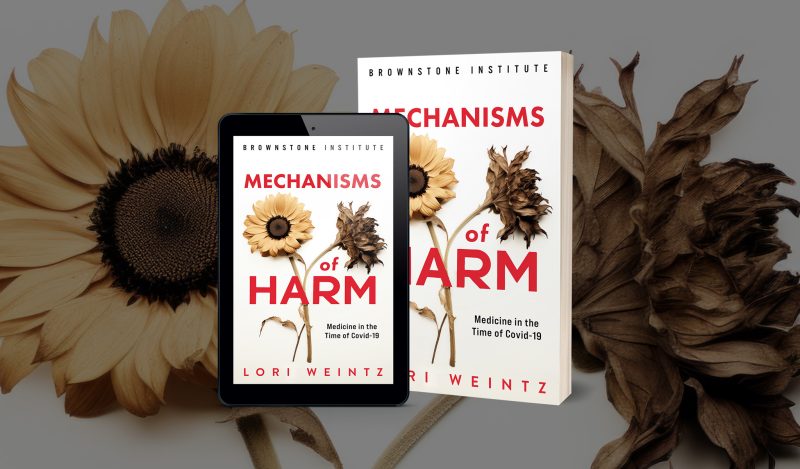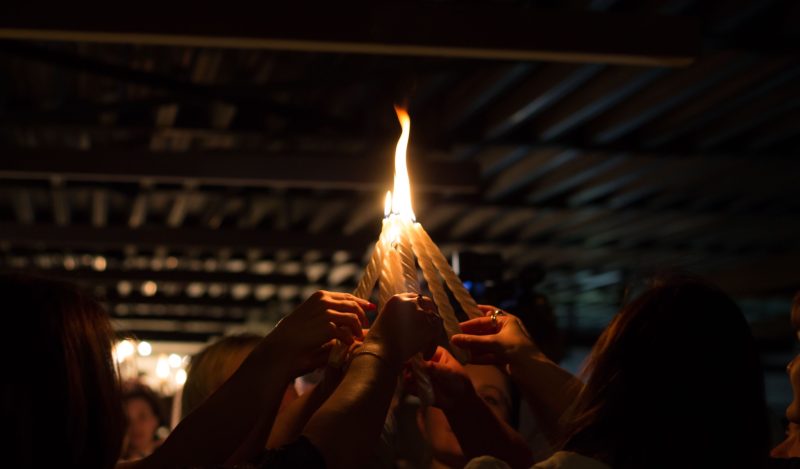Here’s what never happened in the hospital during COVID: a doctor sat down next to a patient and said, “You have a choice. We can give you Remdesivir, which killed 53 percent of the patients in an Ebola trial. It was so bad the trial had to be shut down. And you’ll notice here in Remdesivir’s fact sheet, it says, ‘Not a lot of people have used Remdesivir. Serious and unexpected side effects may happen.‘ Or we can give you ivermectin, a safe and effective drug that’s been successfully used for decades, and send you home. Which do you prefer?”
The reason that conversation never happened is that it would have cost the hospital too much money. If the hospital gave you ivermectin and sent you home, the federal government paid the hospital $3,200. If the hospital gave you Remdesivir, the federal government paid the entire hospital bill, plus a 20 percent bonus. So the hospital executives’ choice was to receive $3,200 or $500,000, which was the average hospital bill. No contest. Patients were going to get Remdesivir — whether they wanted it or not.
Informed consent died a grotesque death in the hospitals during COVID, and we need an autopsy. There was no information, and there was no consent, and without them, patients are reduced to helpless victims, exploited for corrupt financial gain and immoral experiments.
Informed consent has been enshrined in numerous judicial rulings as the foundation of ethical medical practice and seared into the public’s conscience from the Nuremberg trials. Seven Nazi doctors were hanged in Germany by an American military tribunal for “murders, tortures, and other atrocities committed in the name of medical science.” Yet murders, tortures, and other atrocities are exactly what was committed by medical staff in the hospitals against thousands of Americans during COVID.
Take, for example, Ray Lamar, who arrived in the emergency room with a message written with a black sharpie pen on his arm: “NO VENT NOREMDESIVIR.” On his other arm, he wrote the same message and added his wife’s name and phone number. Yet the doctors gave him Remdesivir anyway, without ever informing him. His widow Patti told me she constantly wonders what she could have done to save him.
Christine Johnson told the doctors that she discussed all her medications with her daughter, who is a nurse, and she concluded that she didn’t want Remdesivir. It didn’t matter. Christine was given Remdesivir while she was sleeping, and now her daughter Michelle doesn’t have her mother.
Rebecca Stevens was an avid reader of Epoch Times, where she learned about Remdesivir’s dangers. She declined Remdesivir on five separate occasions, as her hospital records confirm. But the medical staff didn’t care what Rebecca wanted. She was given Remdesivir without her knowledge, and now Rebecca’s five grandsons are bereft.
I asked Michael Hamilton how it’s possible to give Remdesivir to patients without them knowing. Hamilton is a lawyer for several families who are suing California hospitals for the murder of their loved ones, and he’s heard thousands of victims’ stories. “They would lie right to your face,” he said. “You’d tell the nurse that you didn’t want Remdesivir and she’d say, ‘Fine. But you’re a bit dehydrated, so let’s get some fluids in you.’ And she’d hook up the IV, but it wasn’t fluids. It was Remdesivir.”
Hamilton told me that another favored tactic was to knock out patients with sedatives like morphine and fentanyl. While they lay there in a stupor, they were injected with Remdesivir.
If secret injections of Remdesivir weren’t enough to kill you, the hospitals had more torture lined up. After all, the federal government paid hospitals a big bonus to ventilate patients — so patients were going to get ventilated, whether they wanted to or not. A lot of patients turned down being vented, because the whole process is a nightmare. You’re painfully intubated, rendered unable to talk; your lungs start shredding, and you may acquire bacterial pneumonia, which the hospital will refuse to treat.
But “no” is not an acceptable answer when the hospital has money at stake. The medical staff’s preferred method for gaining “consent” was relentless bullying, screaming, coercion, and threats until the patient finally caved. Patti Lamar, Ray’s widow, told me that when she refused to let them ventilate her husband, the doctors screamed at her over and over, “You’re killing him! You’re killing him! You’re killing him!” When she couldn’t take it anymore, she reluctantly gave in. Ray died shortly thereafter, and Patti lives with the trauma of that moment.
Michael Hamilton told me the fate of his friend who was a nurse, hospitalized in the place where she had worked for 26 years. When she refused ventilation, the doctor shrieked, “You’re refusing medical advice! Now your insurance company won’t pay your hospital bill when you die! Do you want to bankrupt your family? Do you? Do you?” The nurse panicked, and to protect her family, she “consented.” Two days later, she died.
“This was a very common technique,” Hamilton said. “I’ve heard it hundreds of times. You tell the patient that unless they do what the doctor says, they’ll bankrupt their family because insurance won’t pay the hospital bills. Nobody wants to do that to their family.” Does this sound like informed consent to you? It sounds more like medical battery to me.
The entire hospital environment was a hellscape of abuse in which informed consent wasn’t even a distant memory. Hamilton told me that patients were routinely denied all access to food and water, stupefied with 50 medications that included drugs contraindicated for each other, tortured with oxygen machines set at such high levels that they couldn’t breathe, and zip-tied to the bed till their wrists bled and their hands turned black. His stories align with 1,000 collected testimonies of the COVID-19 Human Betrayal Memory Project, which documents the victims’ fates.
The ultimate denial of informed consent was the hospitals’ refusal to allow the patients to leave. “Patients lost all rights when they went in the hospital,” Senator Ron Johnson told Patty Myers in her documentary, Making A Killing. “They became prisoners.” A cottage industry of hospital rescues cropped up, as desperate family members hired lawyers to try to spring their loved ones out of hospital “care.” Ralph Lorigo, a lawyer in Buffalo, told me that in every case when he succeeded in getting a patient’s case before a judge and the judge ruled in the family’s favor, the patient went home and survived. In all cases where the judge refused to hear the case or ruled against the family, the patient died.
Every American is a sovereign individual with inalienable rights to life, liberty, and the pursuit of happiness, not a sack of meat to be treated as a profit opportunity. Informed consent must be revived from the grave if Americans are to have a fighting chance against powerful financial interests allied against them.
Reposted from American Thinker
Published under a Creative Commons Attribution 4.0 International License
For reprints, please set the canonical link back to the original Brownstone Institute Article and Author.









